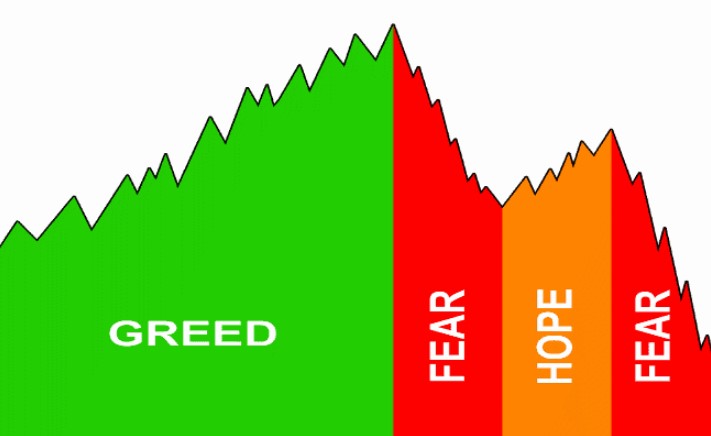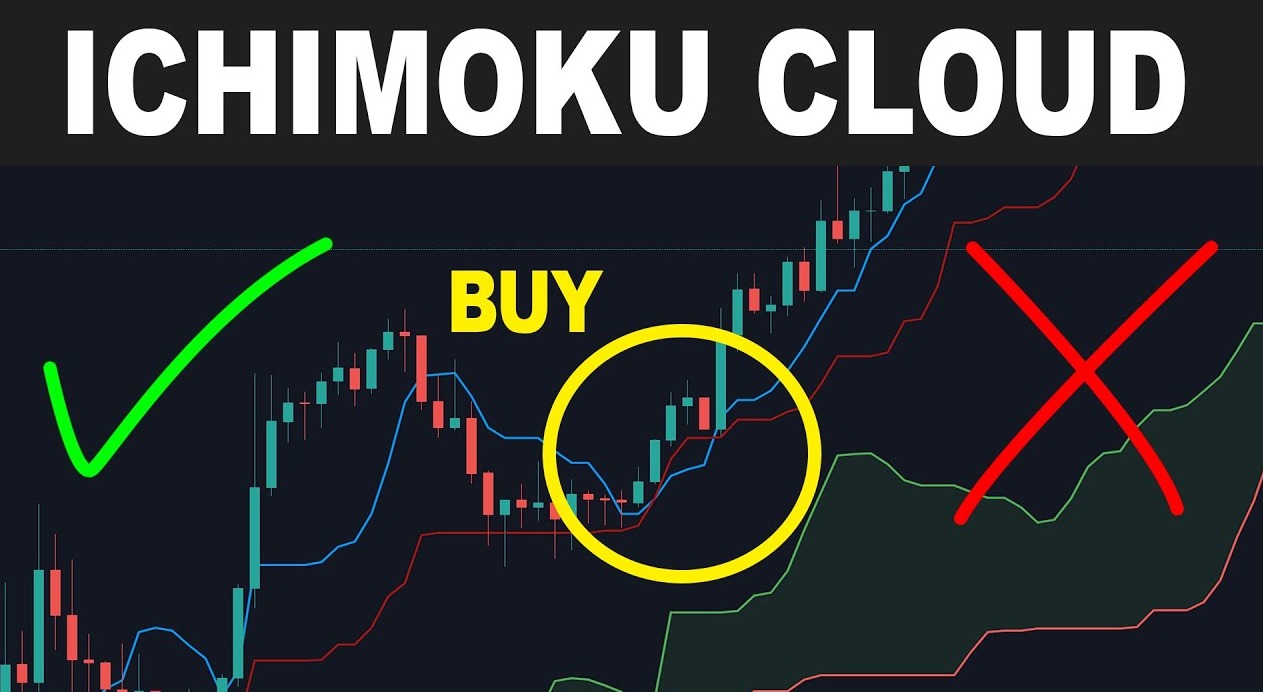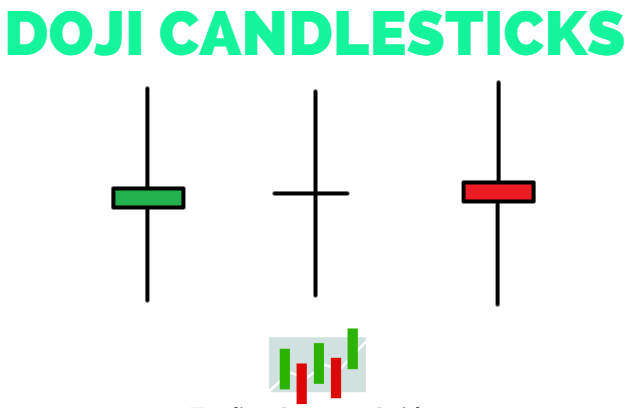
Japanese Yen Melts as the BoJ’s Yield Curve Control Program is Under Threat. Can USD/JPY Momentum Last?
JAPANESE YEN, USD/JPY, JGB, BOJ, YIELD CURVE CONTROL - TALKING POINTS
- USD/JPY made a 6.5-year high this week as market forces question policy
- The Bank of Japan has doubled down on maintaining low 10-year yields
- A lower JPY can help and hinder Japan. Will officials adopt a lower Yen policy?
The Japanese Yen continued to fall on Tuesday as the Bank of Japan (BoJ) continued to purchase 10-year Japanese Government Bonds, according to Bloomberg (JGB).
The Bank of Japan's purchases are intended to maintain the yield at or below 0.25 percent, which is the target range. This yield curve control (YCC) scheme is similar to the Reserve Bank of Australia's yield curve control (YCC) initiative, which was forced to be abandoned in October of last year owing to the overwhelming influence of the market.
From now until March 31st, the Bank of Japan has said that they would purchase "whatever it takes" to keep the yield at or below 0.25 percent. The central bank has said that they want to boost the economy and that they are aiming for an inflation rate of 2 percent year on year.
Consumer inflation is now at 0.9 percent on the headline level, while the core rate is at 0.6 percent. Annual producer price inflation is now running at 9.3 percent, and there is fear that cost-push inflation is on the horizon, which might lead to stagflation in the near future.
Stagflation is defined as a situation in which inflation is high and persistent but growth remains modest.
On the surface, a lower Yen seems to be beneficial to Japanese exporters, since their goods become more affordable to international customers. On the other side, Japan is a net importer of energy, and the prices of these commodities have been skyrocketing in recent years.
As the Yen weakens, these goods become more costly for both consumers and producers in the domestic market.
As of April 28th, the BoJ will have its next meeting and it looks that the market will put the central bank's determination in keeping its YCC under scrutiny
USD/JPY – TECHNICAL ANALYSIS
USD/JPY broke above the previous high of 123.755 set in November 2015, but fell short of the previous highs of 125.28 set in August 2015 and 125.856 set in June 2015. The last two may provide some resistance.
The top of 125.108 on Monday may possibly serve as a point of resistance.
It is necessary for the price to be above the short term simple moving average (SMA), for the latter to be above the medium term SMA, and for the medium term SMA to be above the long term SMA in order for the triple moving average (TMA) formation to be bullish. All SMAs must also have a positive gradient in order to function properly.
Given the recent parabolic swings in the USD/JPY, any combination of short, medium, and long-term simple moving averages (SMAs) has satisfied all of the parameters for a TMA.
Support might be found at the 5-day simple moving average, which is now at 122.614, or at the pivot point of 118.551.







